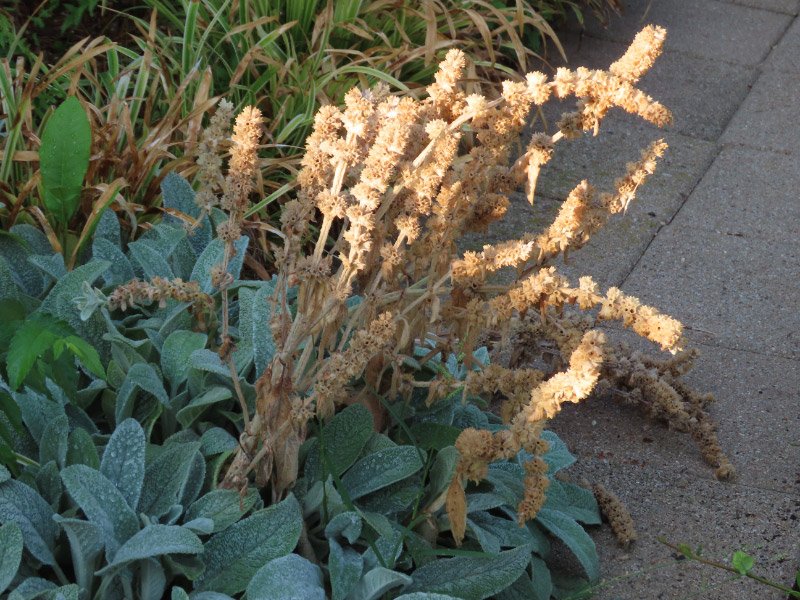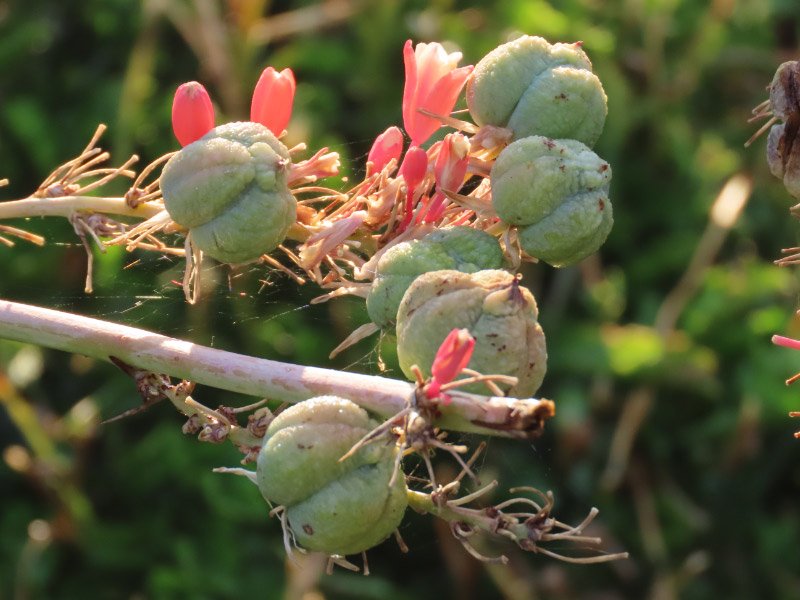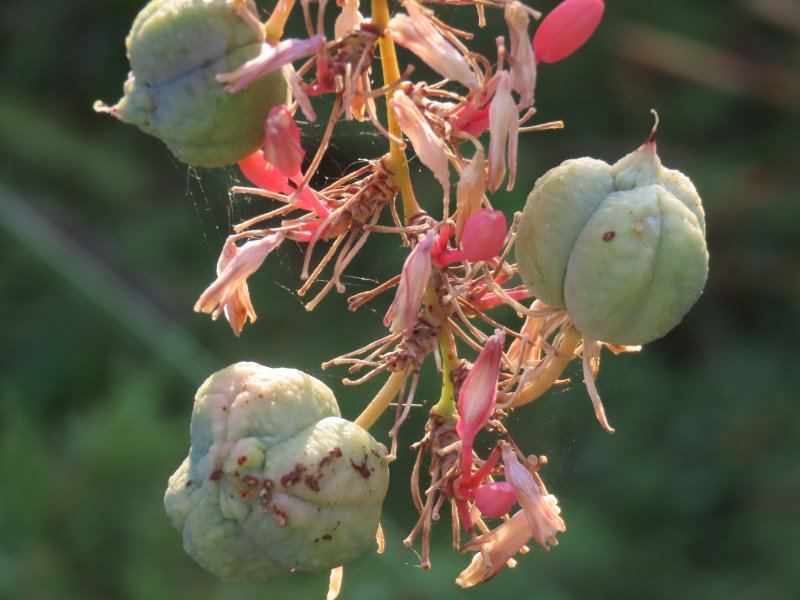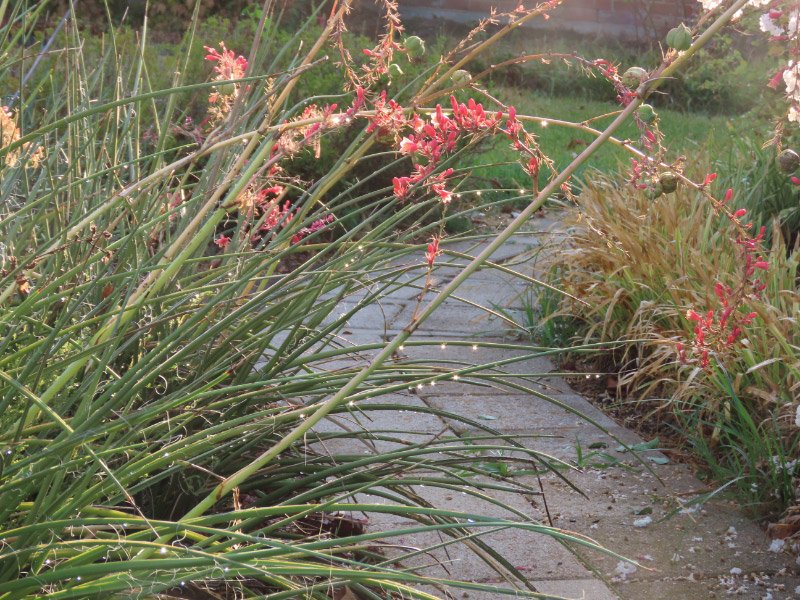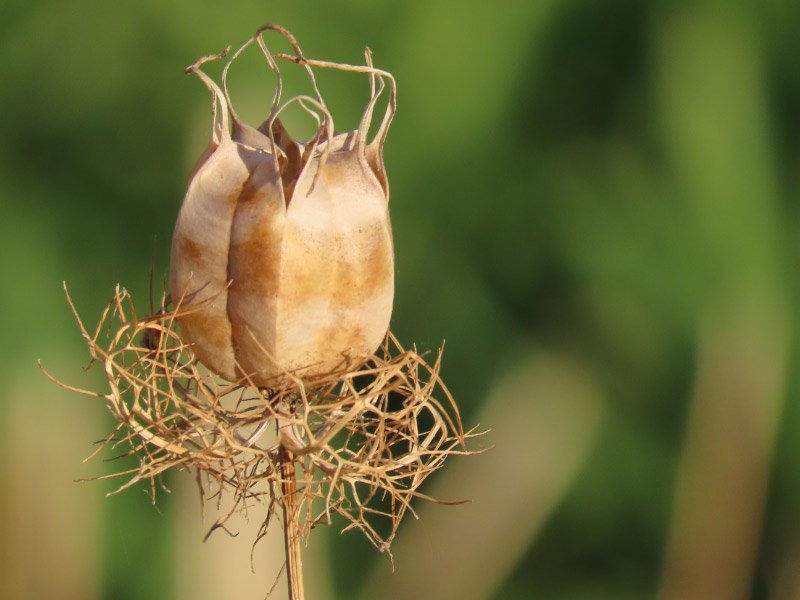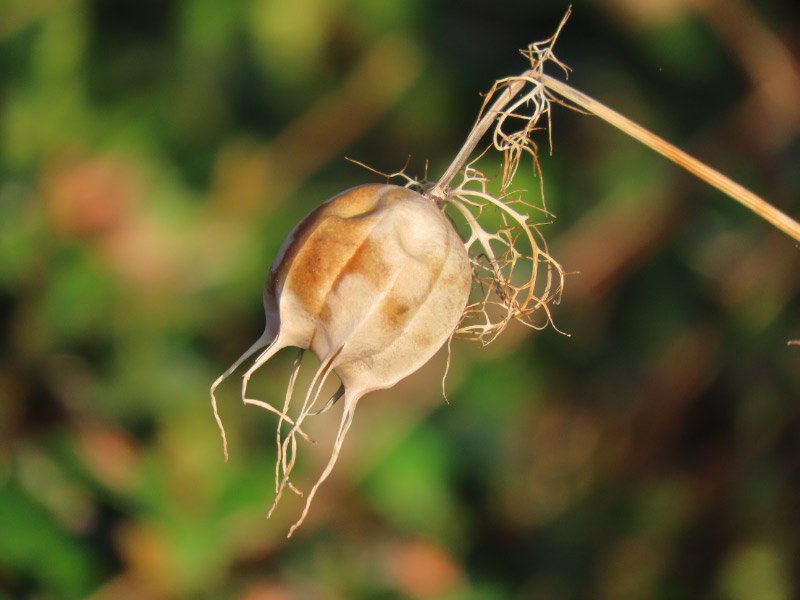Gleanings of the Week Ending September 30, 2023
/The items below were ‘the cream’ of the articles and websites I found this past week. Click on the light green text to look at the article.
Water-quality risks linked more to social factors than money - Low population density, high housing vacancy, disability, and race -- can have a stronger influence than median household income on whether a community's municipal water supply is more likely to have health-based water-quality violations. Many of the water-quality challenges are downstream of demographics, with many community water systems lacking the financial, managerial, and technical abilities to address the water-quality issues.
Step Inside Artist Dale Chihuly’s Stunning Seattle Studio, Filled with an Epic Antiques Collection and His Otherworldly Glass Forms – Interesting pictures.
Archaeological Tropes That Perpetuate Colonialism - We need to start with presence rather than absence. How did Indigenous communities survive, persist, and come to live at the places where they are today? How do Indigenous people conceptualize and engage with the places of their Ancestors? What stories do they share with their grandchildren?
The US is spending billions to reduce forest fire risks – we mapped the hot spots where treatment offers the biggest payoff for people and climate – Where forest-thinning and controlled burns could have the most impact in the western US….for reducing wild-fire caused carbon loss, protecting human communities, and both.
The gold jewelry made from old phones - "We're trying to encourage the idea that one person's waste is someone else's raw material." An article about what is happening at the UK Royal Mint re circuit boards from electronic waste.
Iron Age Child’s Shoe Found in Austria – Found in a salt mine in north-west Austria…a 2,000 year old shoe that once belonged to a child that lived or worked underground.
New Satellite Tracking Air Pollution Releases Its First Images – The TEMPO (Tropospheric Emissions: Monitoring of Pollution) instrument makes hourly measurements of pollutants over North America. NASA will share observations with agencies that provide weather forecasts in hopes of reducing exposure to pollutants such as ozone.
Fine Particulates Are Slowly Killing Us All - People who live in Delhi, the most polluted big city on the planet, are living 11.9 fewer years because of air pollution. People in Bangladesh, the world’s most polluted country, stand to lose 6.8 years of life compared to 3.6 months in the United States. Acknowledging the benefits to society from burning fossil fuels in the past is no reason to continue embracing them in the future. We have created a system that kills people. We have access to clean energy technologies that do not make negative health outcomes one of their embedded features.
New cause of Alzheimer's, vascular dementia - A form of cell death known as ferroptosis -- caused by a buildup of iron in cells -- destroys microglia cells, a type of cell involved in the brain's immune response, in cases of Alzheimer's and vascular dementia.
Windows to the Past at Great Smoky Mountains National Park – History told through structures left behind (and maintained). Forever Places. A former resident said, ““…it was more like livin’ in the Garden of Eden than anything else I can think of.”





















